 A dislocated shoulder is a traumatic and painful injury, typically caused due to a fall or during contact sports. In a dislocated shoulder condition, the upper arm bone will move away from its normal position along with damage to the surrounding muscles, tendons and ligaments.
A dislocated shoulder is a traumatic and painful injury, typically caused due to a fall or during contact sports. In a dislocated shoulder condition, the upper arm bone will move away from its normal position along with damage to the surrounding muscles, tendons and ligaments.
A shoulder dislocated requires prompt medical attention. A full rehabilitation program is essential if the athlete is to avoid re-injuring the shoulder. Profound, dedicated, and board certified orthopedic surgeons at the Bigler Knee & Shoulder Institute provide treatments for dislocated shoulder to patients in Las Vegas, Nevada, and surrounding communities.
Symptoms
The patient will experience sudden severe pain at the time of injury. Bruising and swelling will develop later. The patient may feel the shoulder is popping out of the joint and the injured side will often look different or slightly lower than the other side. The patient will typically avoid moving or turning the arm outwards. If any nerve or blood vessel damage has occurred, the patient may experience a sensation of pins and needles, numbness or discoloration through the arm to the hand.
Causes
A dislocated shoulder is often caused by a fall onto an outstretched arm, twisting or impact to the shoulder. The dislocation takes place when the head of the humerus bone pops out of the shoulder joint.
They are usually either posterior where the head of the upper arm bone or humerus dislocates out of the back of the joint or more commonly anterior where it pops out forwards. The large range of movement available in the shoulder joint makes it particularly vulnerable to injury.
Treatment
To protect the shoulder joint from further damage, once an injury occurs, the patient should not move the shoulder joint. If possible, the shoulder should be immobilized in a sling. Ice packs can be used to improve pain and swelling. Ice therapy can be repeated every hour initially.
Reduction
Reduction is a form of treatment that involves putting the dislocated humerus bone back into the joint. Reduction should only be performed by a fully trained medical professional. The orthopedic surgeon may seek an x-ray before reduction to rule out any small fractures. For active adults below the age of 30, reduction can be a very effective solution for shoulder dislocation.
Immobilization
The shoulder is typically immobilized in a sling in medial rotation with the arm across the body until the tissues have healed. Mobility and strength of the shoulder will be restored after a comprehensive rehab process. The shoulder may be immobilized in a string for a week following a reduction. In case of severe tissue damage, the duration of immobilization may be longer.
Surgery
If the shoulder dislocation recurs, or if the bones are fractured, the patient may require surgery. Surgery should ideally be performed as soon as possible after the injury. Several surgical techniques can be used to treat shoulder dislocation. The choice of technique will depend primarily on the patient’s lifestyle and activity.
Board certified orthopedic surgeons Dr. Steven Thomas and Dr. Gregory Bigler provide shoulder dislocation treatments to patients in Las Vegas, Nevada, and other cities and towns in The Battle Born State.
If you would like to schedule an appointment or learn more about the Knee and Shoulder Institute procedures & treatments performed by Las Vegas, Nevada board certified surgeons Steven C. Thomas, MD and Gregory T. Bigler, MD. call (702) 933-9393; Physical Therapy (702) 933-9393.

 The glenoid labrum is a fibrous ring of tissue that is attached to the rim of the glenoid which is the shallow depression of the scapula or shoulder blade where the ball of the humerus or arm bone sits. The glenoid labrum increases the depth of the shoulder cavity, which helps improve the stability of the shoulder joint.
The glenoid labrum is a fibrous ring of tissue that is attached to the rim of the glenoid which is the shallow depression of the scapula or shoulder blade where the ball of the humerus or arm bone sits. The glenoid labrum increases the depth of the shoulder cavity, which helps improve the stability of the shoulder joint. 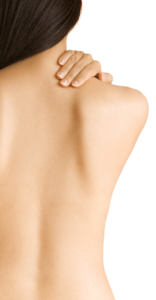 A tear to any of the four rotator cuff muscles in the
A tear to any of the four rotator cuff muscles in the  A
A 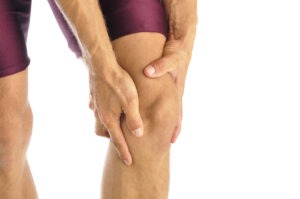 Lateral
Lateral 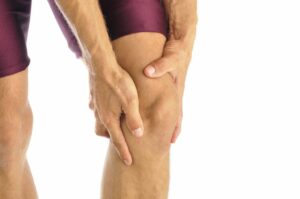 Inside knee pain or medial knee pain refers to the pain that may occur on the inside of the knee. As opposed to a sudden acute knee injury, this pain usually emerges gradually. In many cases, the patient may not be sure of what this injury may be, and they should be aware of its common symptoms.
Inside knee pain or medial knee pain refers to the pain that may occur on the inside of the knee. As opposed to a sudden acute knee injury, this pain usually emerges gradually. In many cases, the patient may not be sure of what this injury may be, and they should be aware of its common symptoms.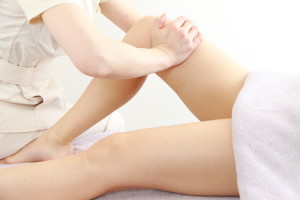 Front or anterior knee pain refers to the pain occurring at the front of the knee, including the kneecap or patella. Patients may not be sure what is causing them front knee pain, but two of the common causes of this pain are patellofemoral pain and patella tendinitis or Jumper’s knee.
Front or anterior knee pain refers to the pain occurring at the front of the knee, including the kneecap or patella. Patients may not be sure what is causing them front knee pain, but two of the common causes of this pain are patellofemoral pain and patella tendinitis or Jumper’s knee.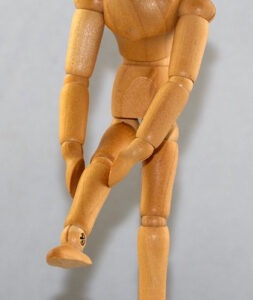 Posterior knee pain refers to the pain occurring at the back of the knee. This pain may occur due to a number of causes, and appropriate treatment can be provided once the underlying cause is determined. Biceps femoris tendonitis (hamstring tendonitis) is considered to be the most common injury arising out of overuse, and resulting in pain at the back of the knee.
Posterior knee pain refers to the pain occurring at the back of the knee. This pain may occur due to a number of causes, and appropriate treatment can be provided once the underlying cause is determined. Biceps femoris tendonitis (hamstring tendonitis) is considered to be the most common injury arising out of overuse, and resulting in pain at the back of the knee. Patella, or kneecap, may fully or partially dislocate outside of its regular position, usually around the outside of the knee. The patient will experience pain and swelling in the knee joint along with an obvious displacement of the kneecap.
Patella, or kneecap, may fully or partially dislocate outside of its regular position, usually around the outside of the knee. The patient will experience pain and swelling in the knee joint along with an obvious displacement of the kneecap.